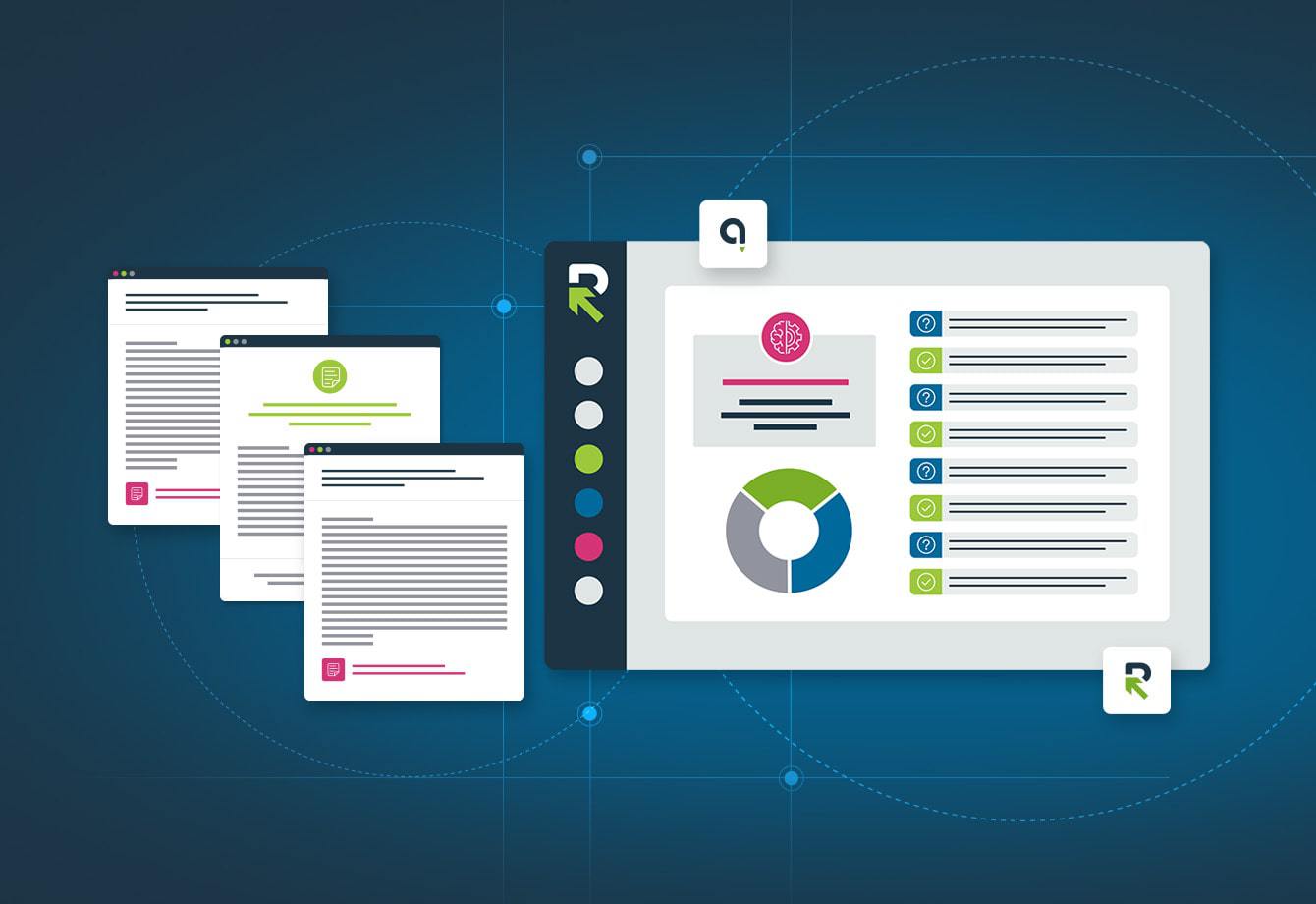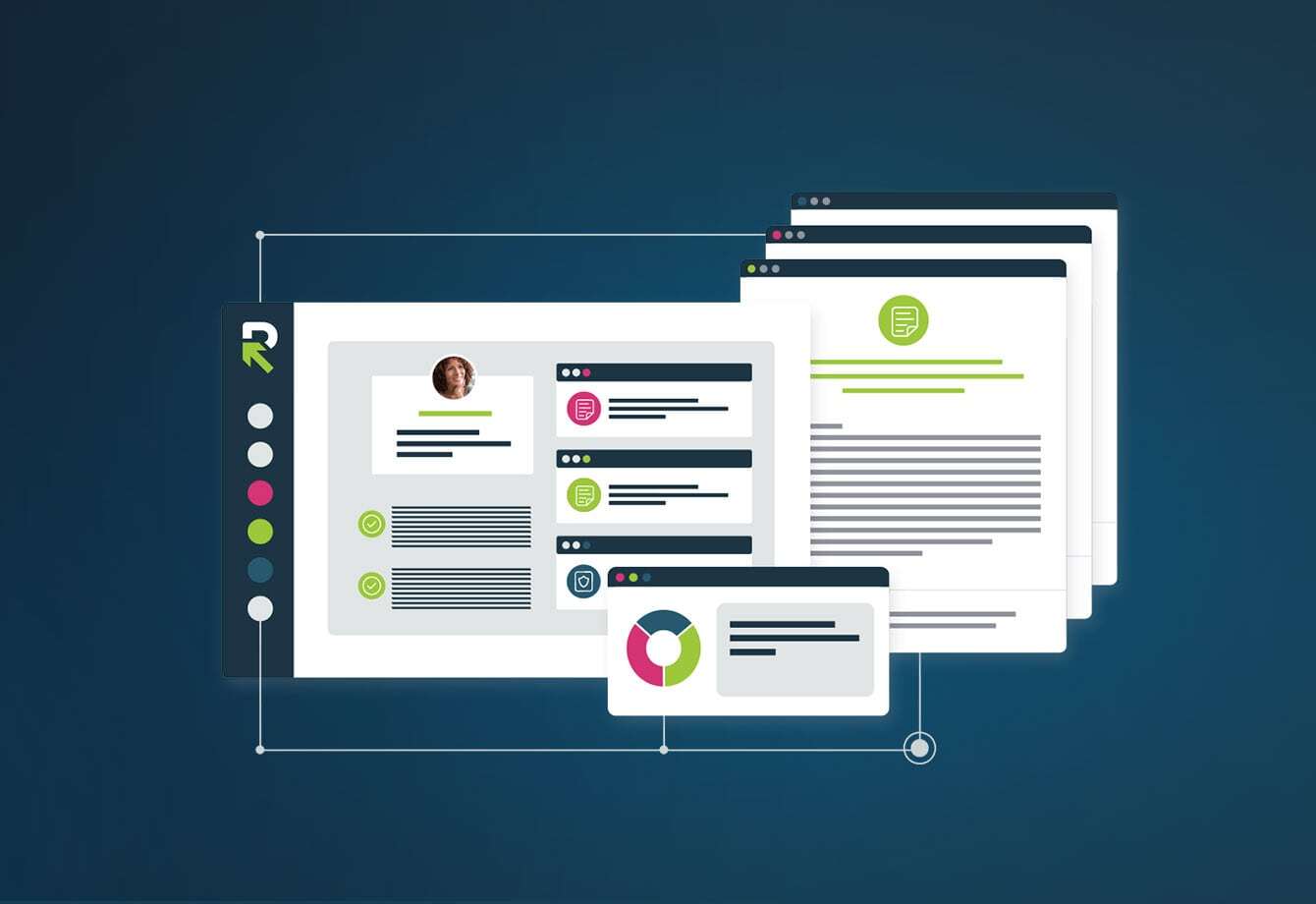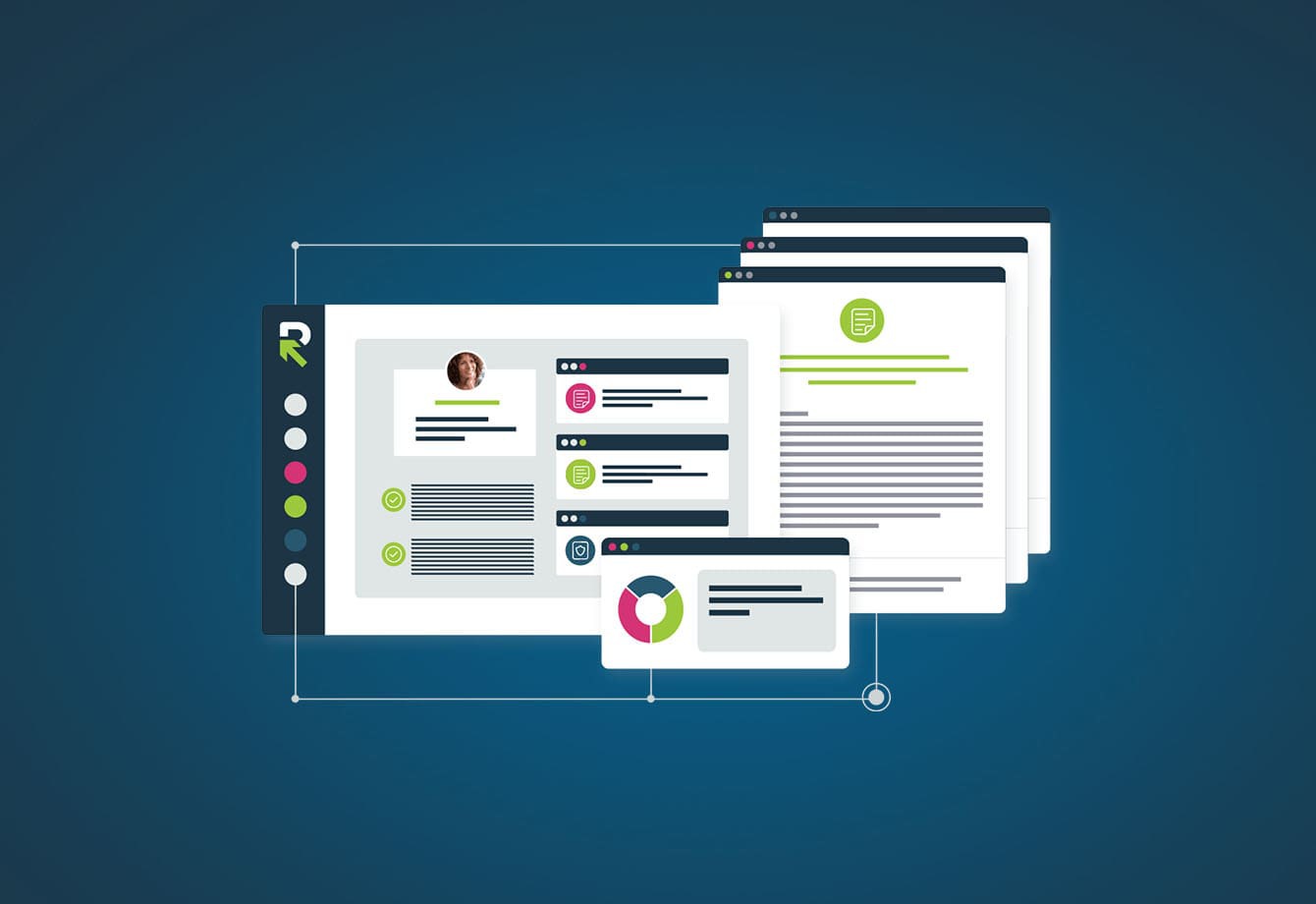
Start Responding Like a Pro
The Responsive blog is full of insights and best practices, giving you the tools you’ll need to streamline your process and respond with confidence.
Featured Post

Do you need an RFP SaaS?
Product & Best PracticesWithout an RFP SaaS (Software as a Service), responding to information requests like RFPs, RFIs and DDQs is often tedious, […]
Category: Tag: RFP


RFP response trends & benchmarks
Product & Best Practices
How to choose enterprise RFP software
Products/Features/Solutions
Create winning RFPs in 5 easy steps
Product & Best Practices
Proposal automation guide: Benefits, uses, tips & software
Selling & Enablement
How to write a letter of intent to bid: Tips, examples & template
Selling & Enablement
RFP strategy: How to grow your business with RFPs
Revenue generation
How to find RFPs and win them
Selling & Enablement
Everything you need to know about healthcare RFPs
Products/Features/Solutions
RFP response management resource
Product & Best Practices
The best request for proposal (RFP) questions to ask vendors
How to Write RFPs, Issuing RFPs
RFP meaning: What is a request for proposal?
How to Write RFPs, Issuing RFPsSee how it feels to respond with confidence
Why do 250,000+ users streamline their response process with RFPIO? Schedule a demo to find out.